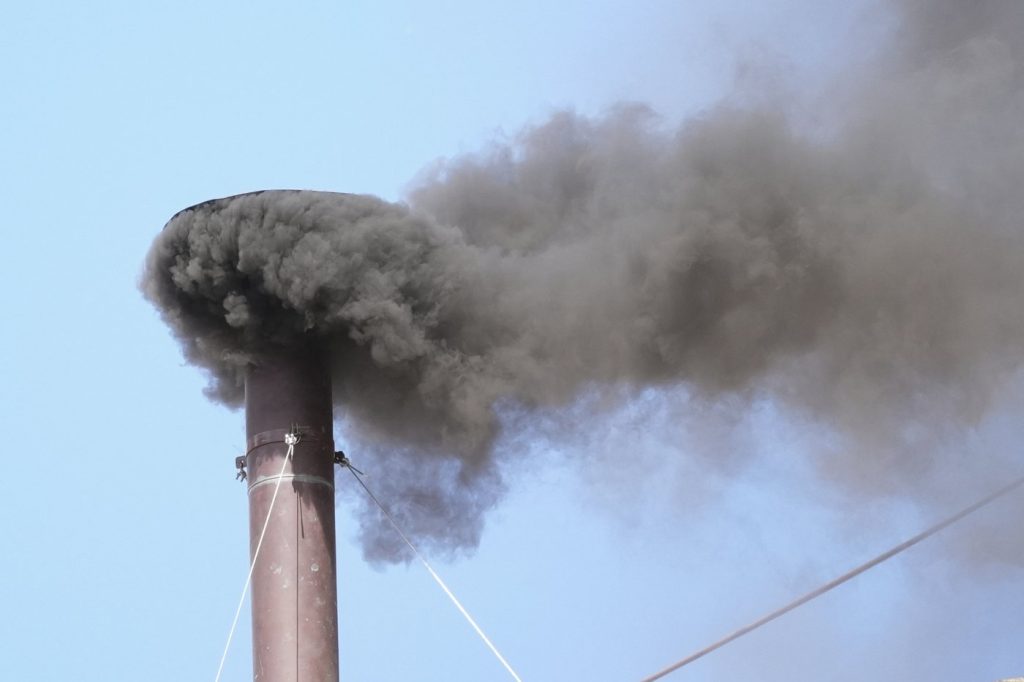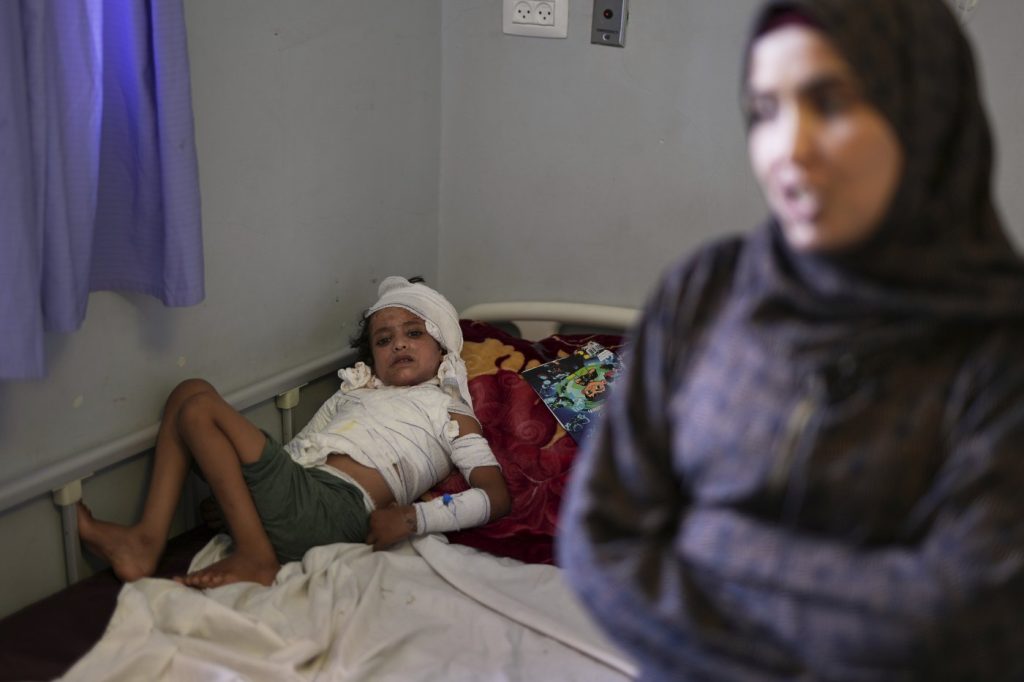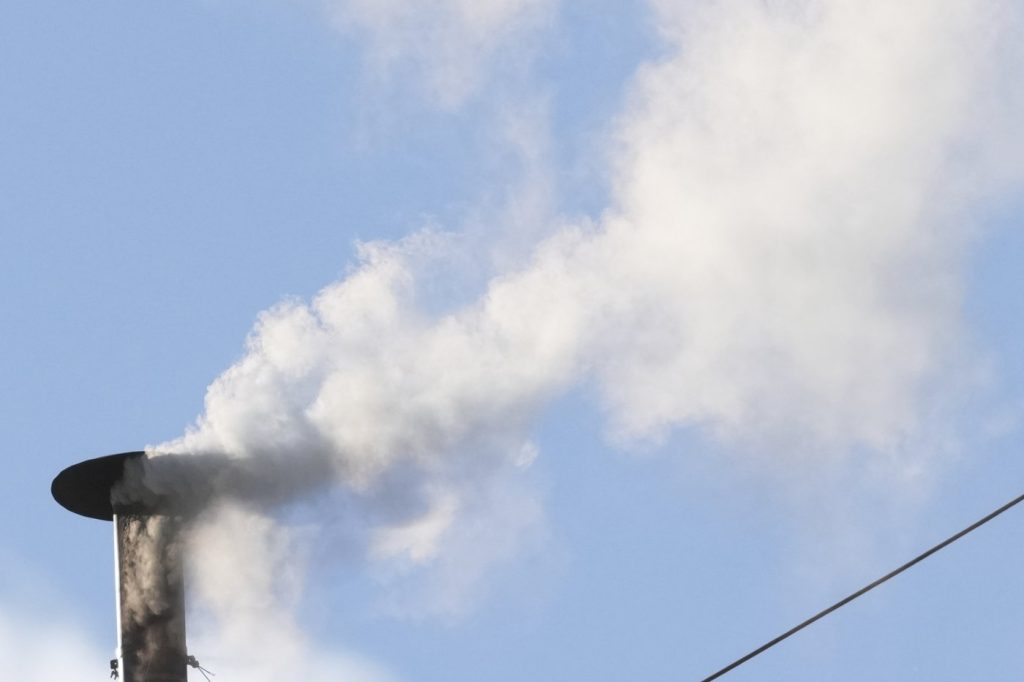The conclave to elect a successor to Pope Francis faced another setback, as black smoke emerged from the Sistine Chapel chimney on Thursday morning, indicating that no decision had been made following two more rounds of voting. The black smoke was first observed at 11:50 a.m. local time (0950 GMT) after the cardinals held their second and third ballots, with none achieving the required two-thirds majority of 89 votes.
The conclave comprises 133 cardinals who are currently sequestered and have returned to their Vatican residences for lunch following the inconclusive voting. They are scheduled to reconvene in the afternoon for two more rounds of voting. Wednesday had already seen a lengthy voting session, which concluded without a clear winner, prompting the cardinals to resume their efforts on Thursday.
Following the initial voting session on Wednesday, black smoke billowed from the chapel chimney just after 9 p.m. (1900 GMT), about 4½ hours after the cardinals entered the chapel to cast their votes. This unexpected delay fueled speculation surrounding the reasons for the prolonged voting process, leading to various hypotheses. Questions arose whether the cardinals needed to redo the vote, if someone had fallen ill, or if the papal preacher had taken an unusually long time with his meditation prior to voting.
Costanza Ranaldi, a 63-year-old visitor from Pescara in Italy’s Abruzzo region, shared her thoughts on the situation, suggesting that the cardinals likely required more time to deliberate and cast their votes. While some cardinals had anticipated a swift resolution to the conclave, the reality remains that a few rounds of voting are typically necessary for one candidate to garner the requisite two-thirds majority.
Historical records indicate that past conclaves usually took between three and 14 ballots to elect a pope. For instance, John Paul I was elected on the fourth ballot, his successor John Paul II required eight ballots, and Pope Francis was elected on the fifth ballot in 2013. The expectation of a brief conclave may have been overly optimistic given these precedents.
The cardinals undertook the traditional and secretive procedures of the conclave, which commenced on Wednesday afternoon. Cardinal Pietro Parolin, the 70-year-old secretary of state under Pope Francis and a leading candidate for the papacy, presided over the opening ceremony as the most senior cardinal under the age of 80 eligible to participate in the voting.
Outside in St. Peter's Square, the atmosphere was one of festive anticipation, with thousands of people gathering to observe the conclave proceedings via large video screens. The crowds erupted in applause when the doors of the Sistine Chapel were closed and voting commenced. As the hours passed without results, some onlookers became frustrated and left, while others remained hopeful, cheering when the black smoke signaled the continuation of the voting process.
One visitor, Gabriel Capry, a 27-year-old from London, expressed his hope that the newly elected cardinal would be a unifying figure capable of promoting peace within the church. The cardinals are sequestered from the outside world during this process, having surrendered their cellphones and faced restricted communications to ensure the secrecy of the proceedings until a new pope is elected.
Pope Francis, who appointed 108 of the 133 voting cardinals, has notably chosen many from less-represented countries, such as Mongolia, Sweden, and Tonga, which had never before had a cardinal. This decision has increased the complexity of the voting process, prolonging the time needed for ballots to be counted and adding to the uncertainty inherent in the conclave.












